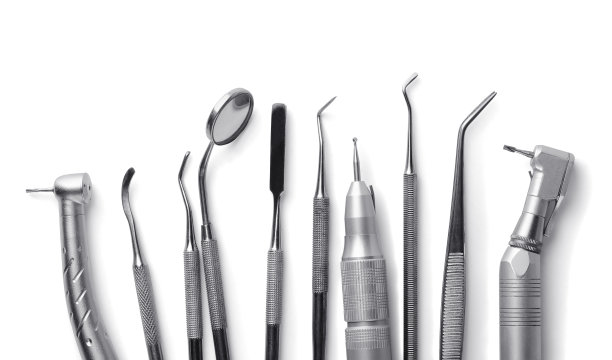Understanding Dental Implant Treatment A Comprehensive Guide to Restore Your Smile and Confidence for a Healthier Life
Summary: Dental implants have become a revolutionary solution for those looking to restore their smiles and boost their confidence. This comprehensive guide will delve into essential aspects of understanding dental implant treatment, including types of implants, the procedure and timeline, benefits of the treatment, and post-operative care. With this knowledge, individuals can make informed decisions and look forward to enhanced oral health and overall well-being.
1. Types of Dental Implants Available

Dental implants are categorized into several types, each designed to address specific dental needs. The most common type is the endosteal implant, which is surgically placed directly into the jawbone. Ideal for patients with adequate bone density, it serves as a secure foundation for artificial teeth.
Another popular option is the subperiosteal implant, which is placed under the gum but above the jawbone. This type is suitable for patients who lack sufficient jawbone density but still wish to receive implants. Understanding these options is vital for selecting the best treatment plan.
Lastly, zygomatic implants are an alternative for patients with significant bone loss in the upper jaw. By anchoring the implants into the cheekbone, this solution provides another avenue for those who may have been told they are not candidates for traditional implants.
2. The Implant Procedure and Timeline
The process of getting dental implants typically unfolds in multiple stages, starting with a thorough consultation. This initial visit usually includes imaging and physical examinations to assess suitability for the procedure. Following clearance, the actual implantation involves a surgical intervention that may take a few hours.
After the initial implant placement, a healing period is necessary. This phase, known as osseointegration, allows the implant to fuse with the bone. It typically lasts from a few weeks to several months, depending on individual healing rates, during which temporary solutions may be provided.
Finally, the last stage involves placing the abutment and crown. Patients can expect a few follow-up visits to ensure proper fit and adjustment. Overall, while the entire process can take several months, the end result significantly enhances both functionality and aesthetics.
3. Benefits of Dental Implants for Patients
One of the standout benefits of dental implants is their ability to mimic the natural feel and function of teeth. Unlike dentures, implants are permanently anchored in place, allowing patients to enjoy their favorite foods without fear of slippage. This enhancement of daily life contributes significantly to emotional well-being.
Additionally, dental implants help preserve bone structure. When a tooth is lost, the surrounding bone can deteriorate over time. Implants stimulate the jawbone, preventing bone loss and maintaining facial structure, which is crucial for facial aesthetics and long-term health.
Moreover, implants are low-maintenance compared to other dental solutions. They require no special cleaning routines beyond normal oral hygiene practices, making them convenient for busy individuals. This ease of care encourages patients to maintain their oral health over time.
4. Post-Operative Care and Maintenance
Proper aftercare is essential to ensure the long-term success of dental implants. Following the procedure, patients are advised to follow specific guidelines to promote healing. This includes avoiding hard and sticky foods, maintaining optimal oral hygiene, and adhering to follow-up appointments.
Regular dental check-ups play a critical role in monitoring the health of the implant. Your dentist will assess the gum tissue, overall implant stability, and surrounding teeth to catch any potential issues early on. Consistency in these visits can significantly extend the life of the implant.
Finally, lifestyle choices greatly influence the longevity of dental implants. Quitting smoking, reducing alcohol consumption, and managing chronic health conditions are important steps to support implant health. Adopting these habits can lead to a healthier smile and prevent complications that could jeopardize the success of your treatment.
In summary, understanding dental implant treatment is key to restoring one’s smile and confidence. With a comprehensive guide covering types of implants, the procedure timeline, benefits, and post-operative care, individuals can approach their dental health decisions with knowledge and assurance. A smile transformation through implants offers not only aesthetic improvements but also functional and emotional well-being.
This article is compiled by Vickong Dental and the content is for reference only.



